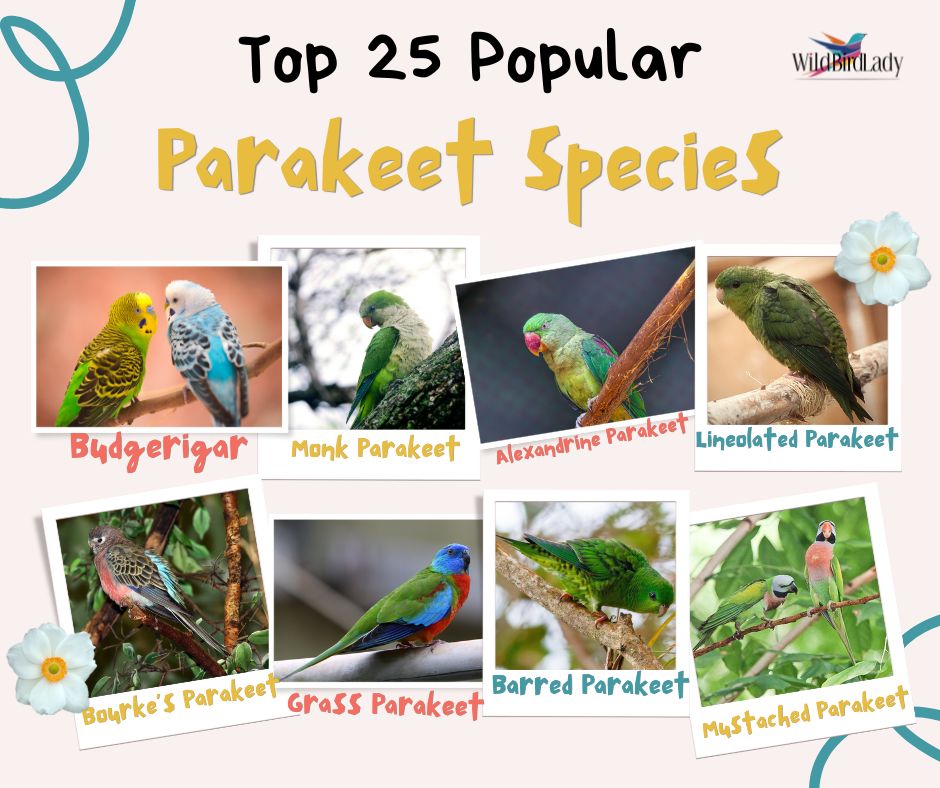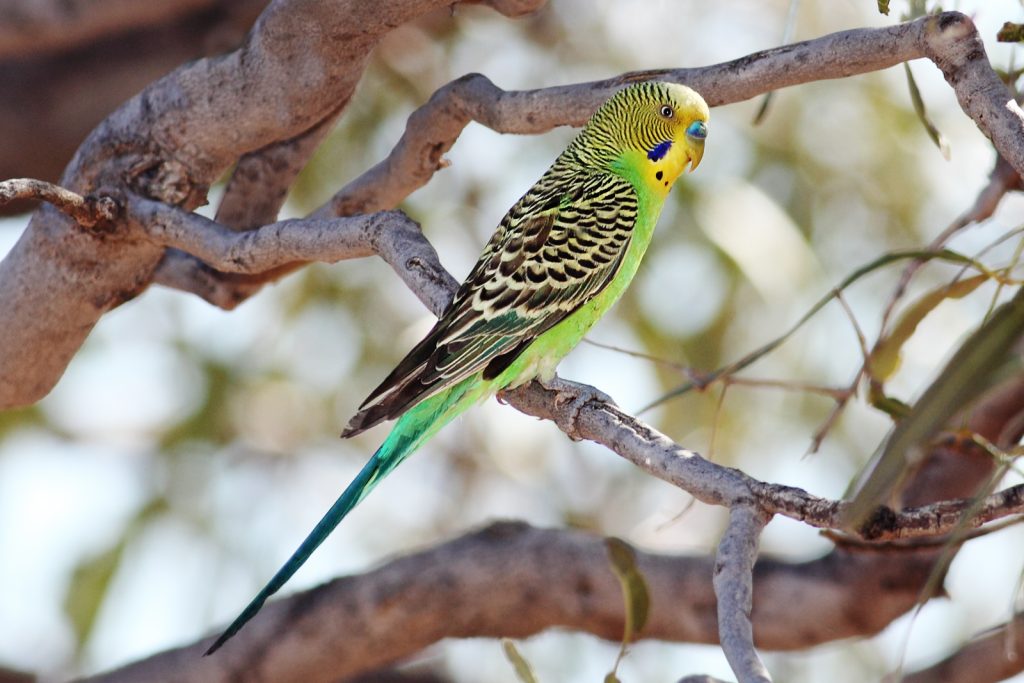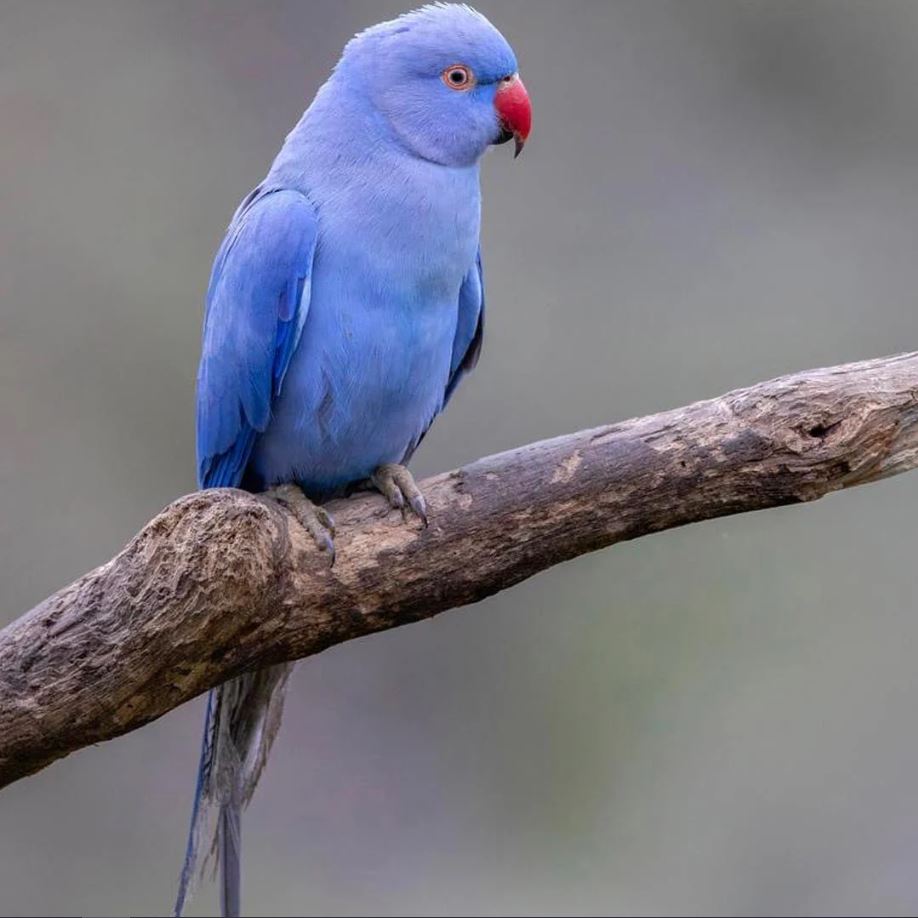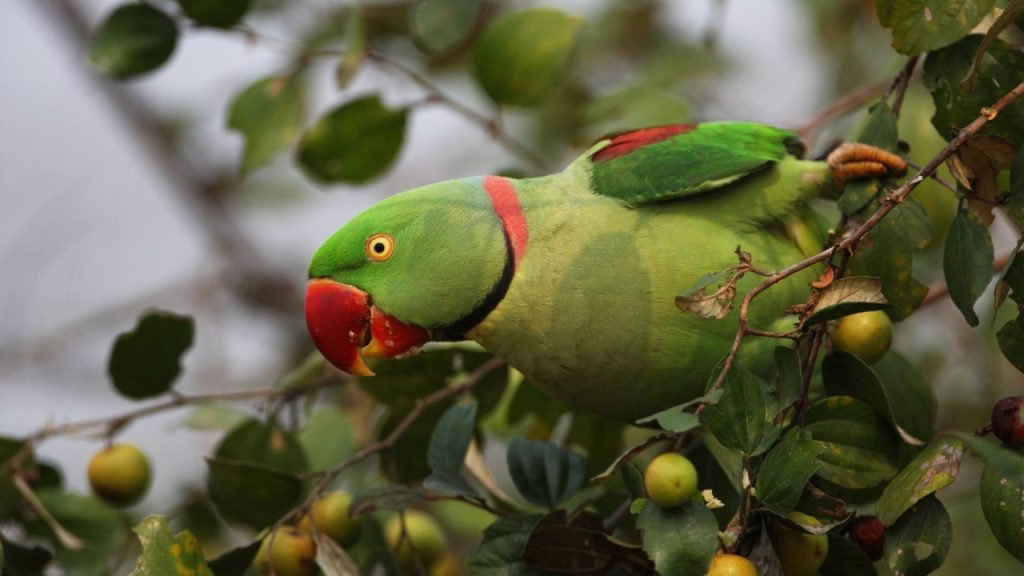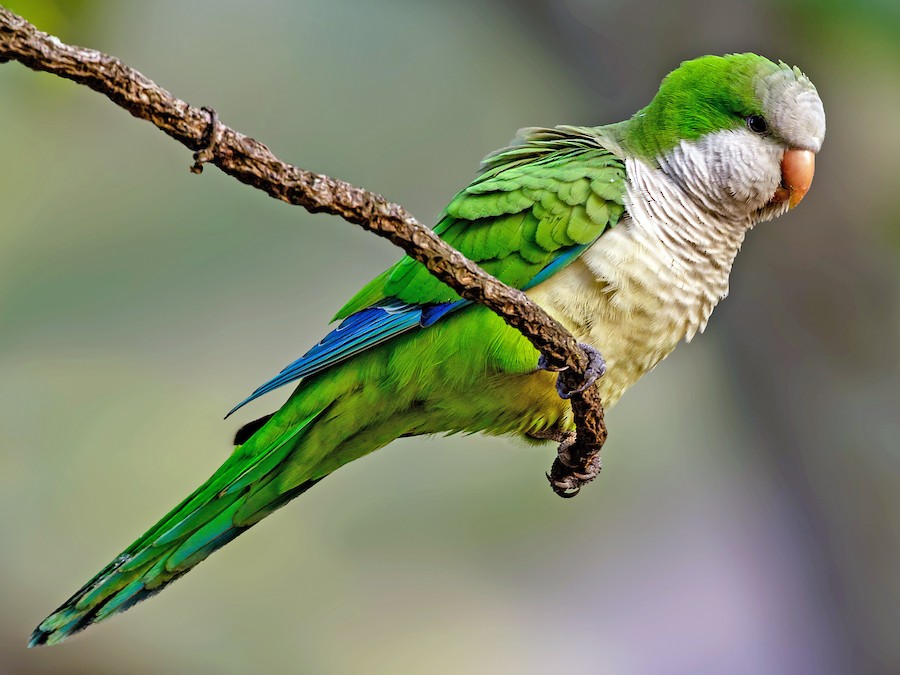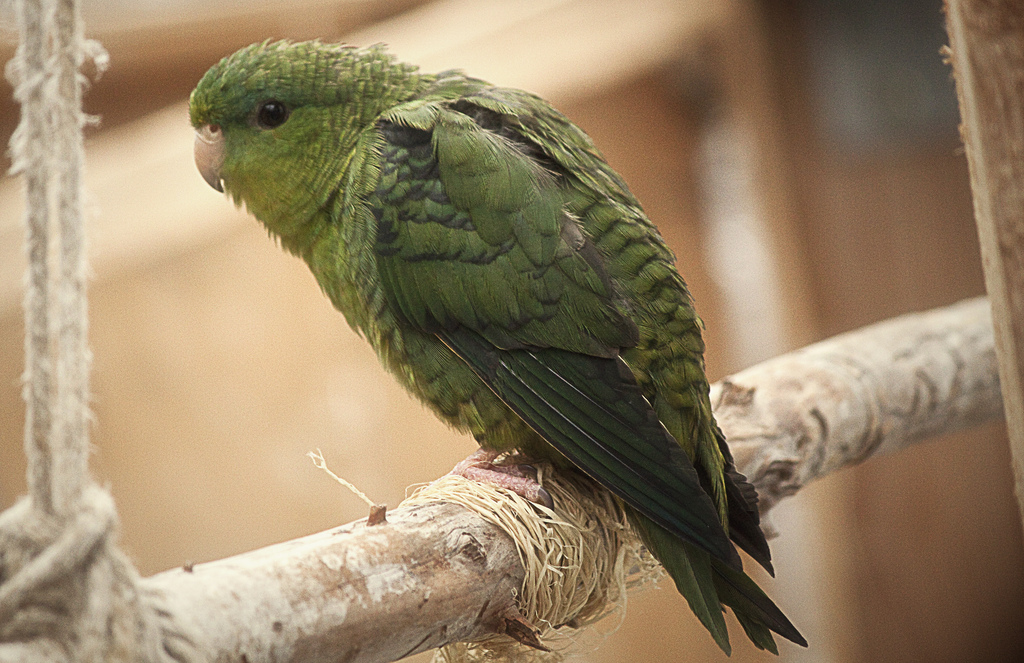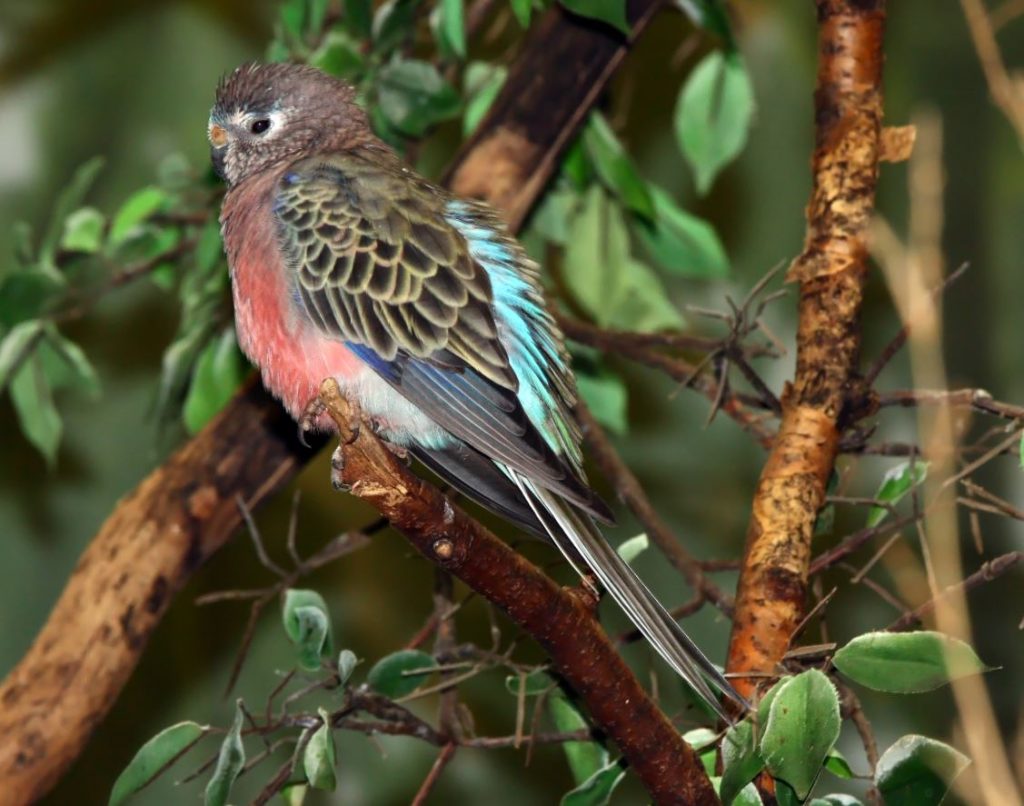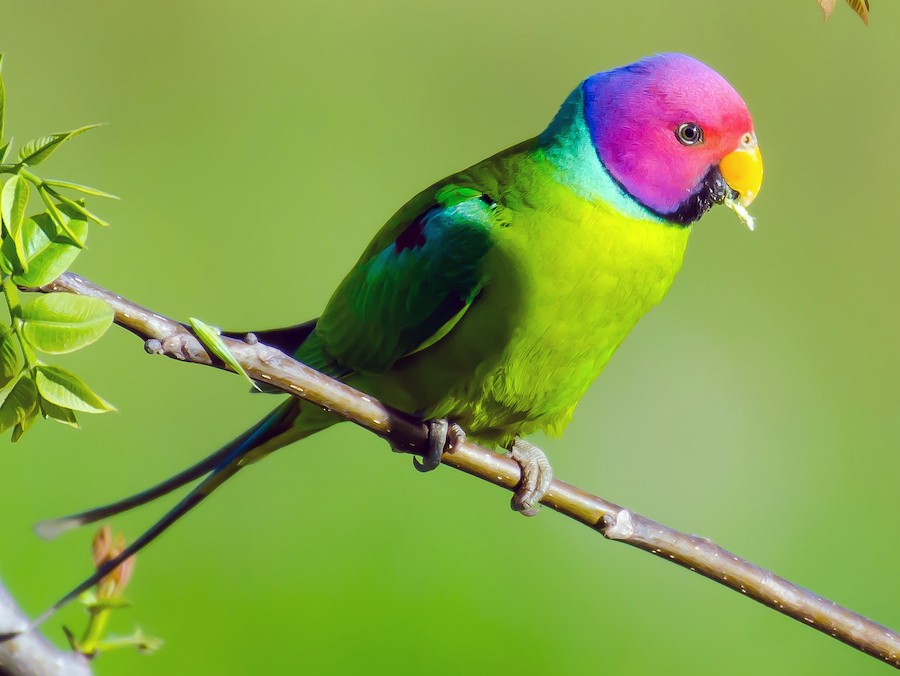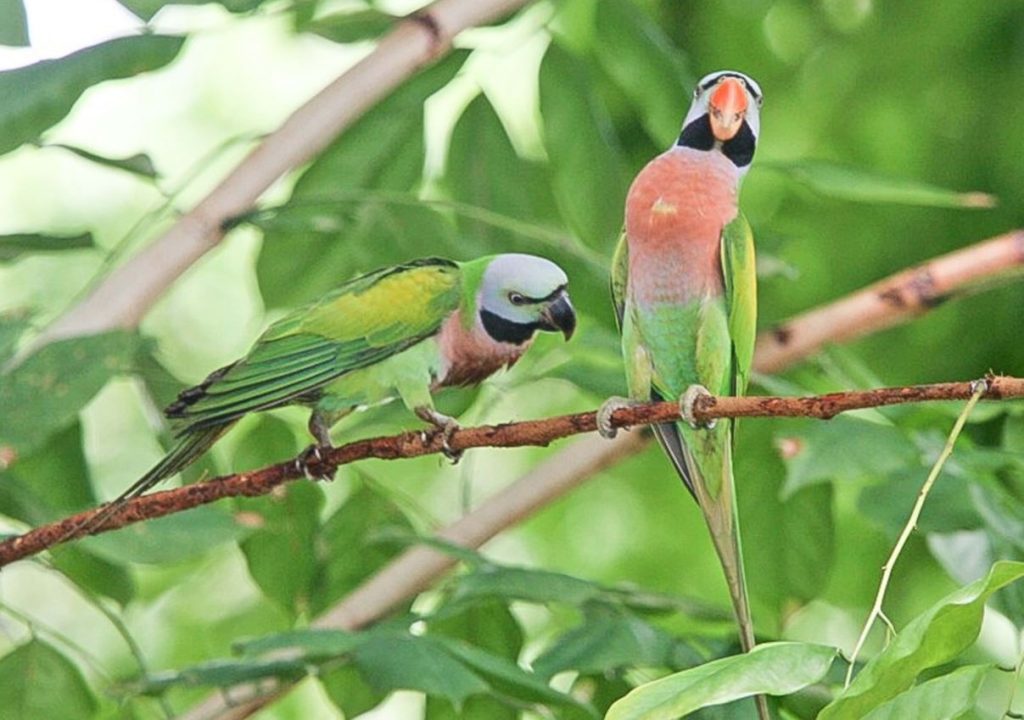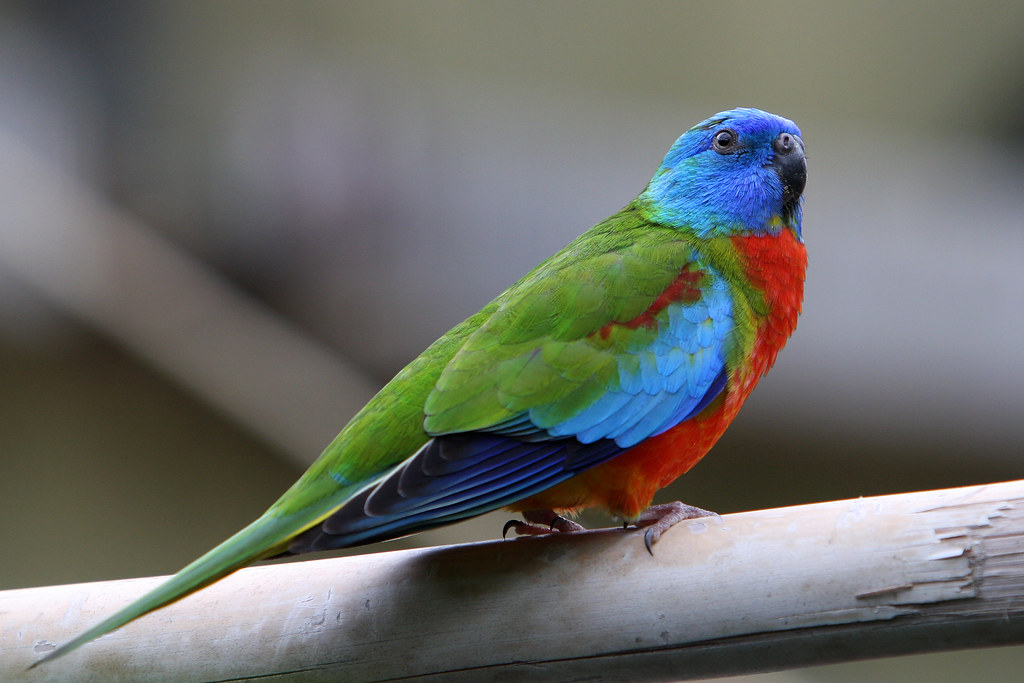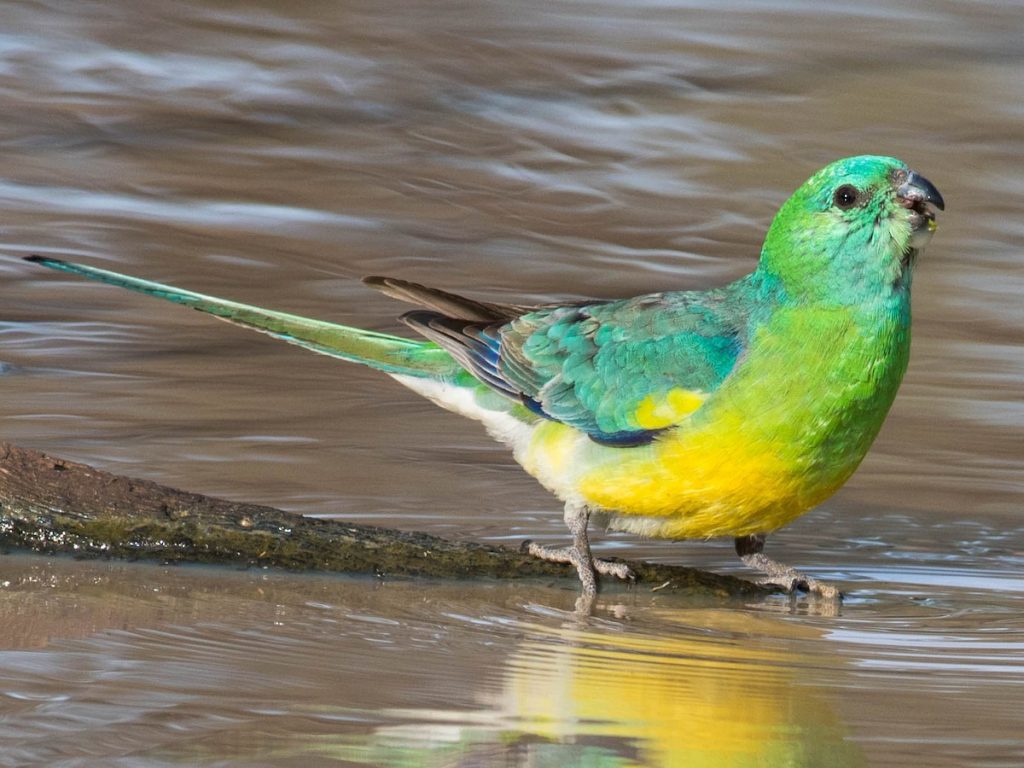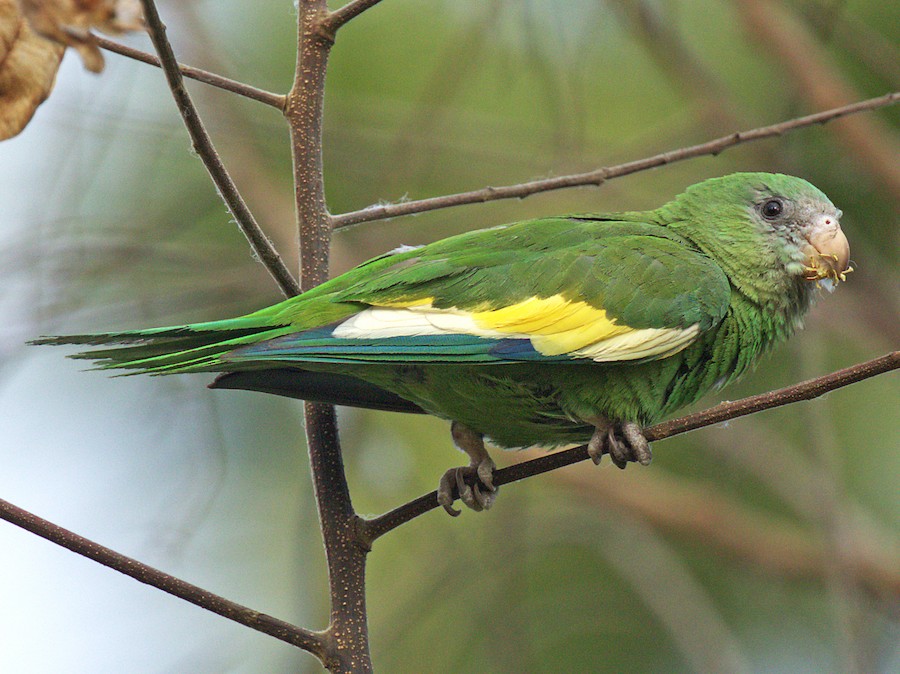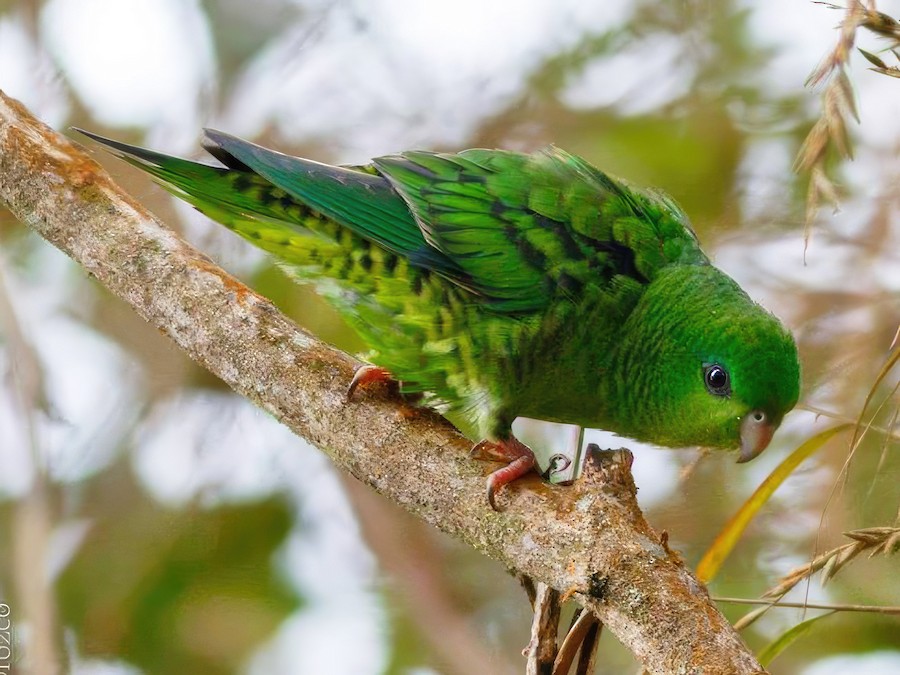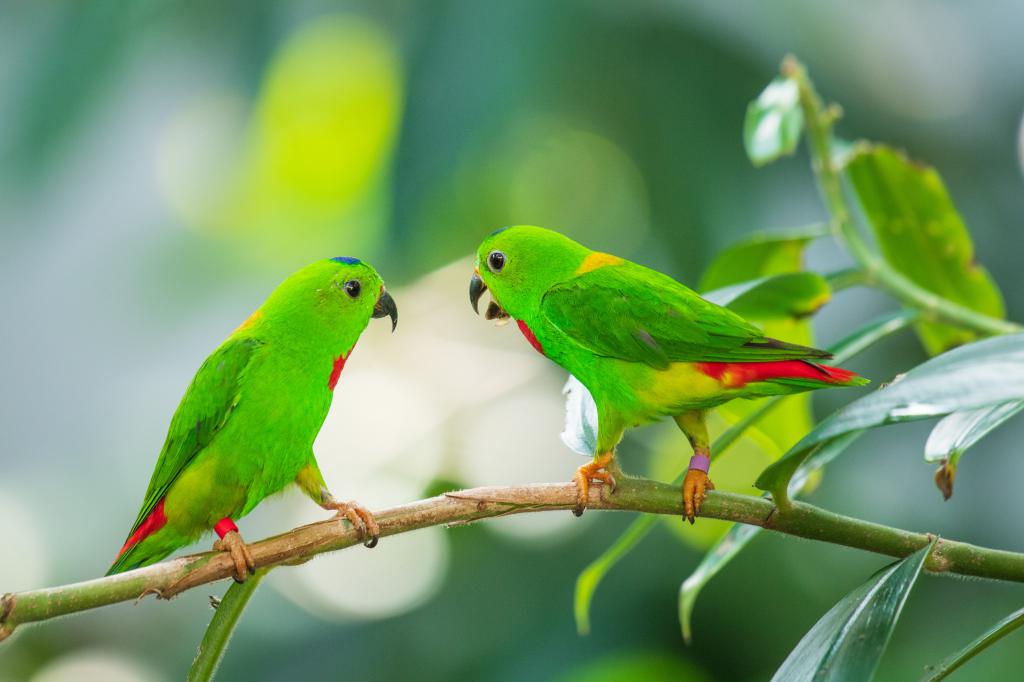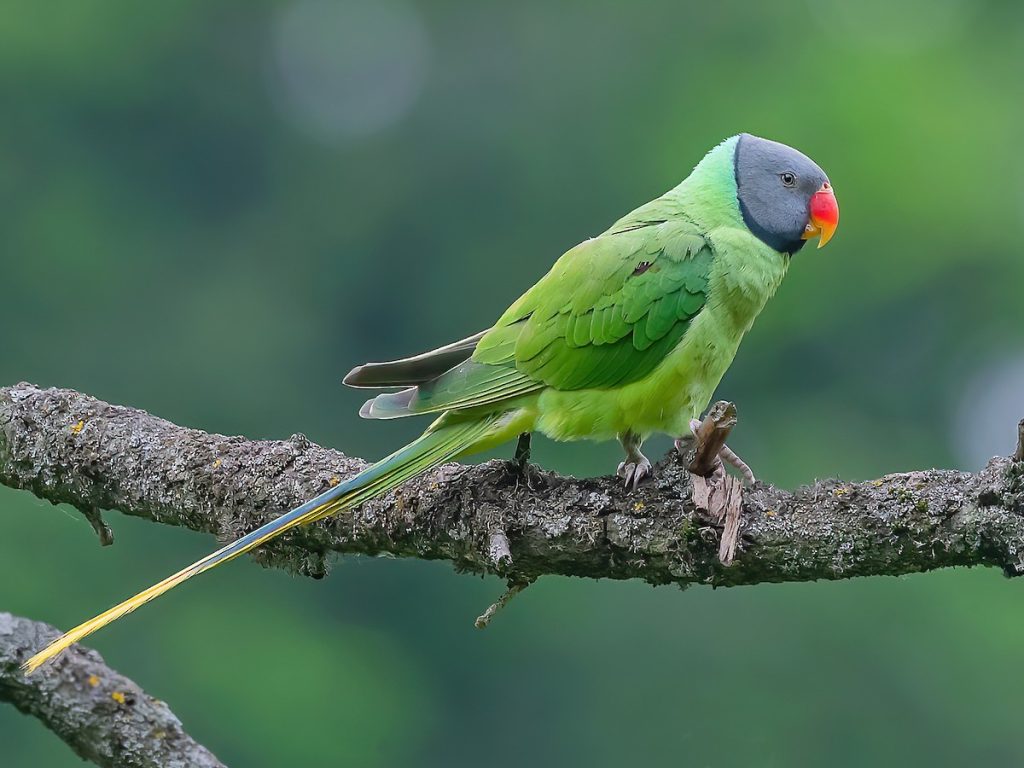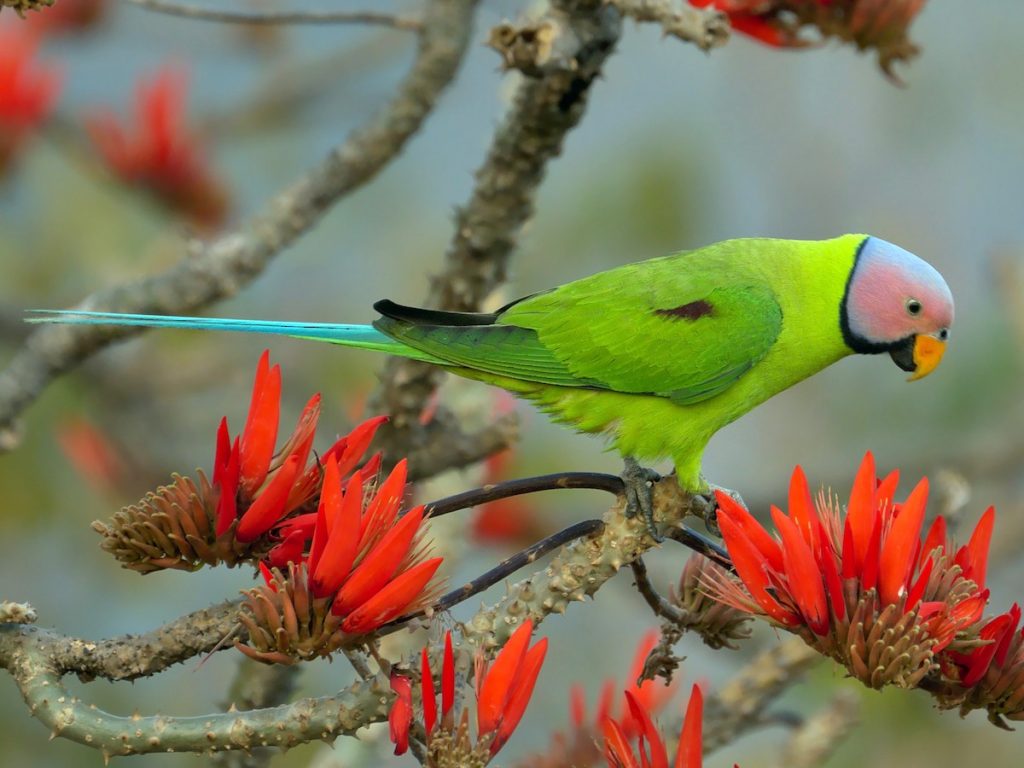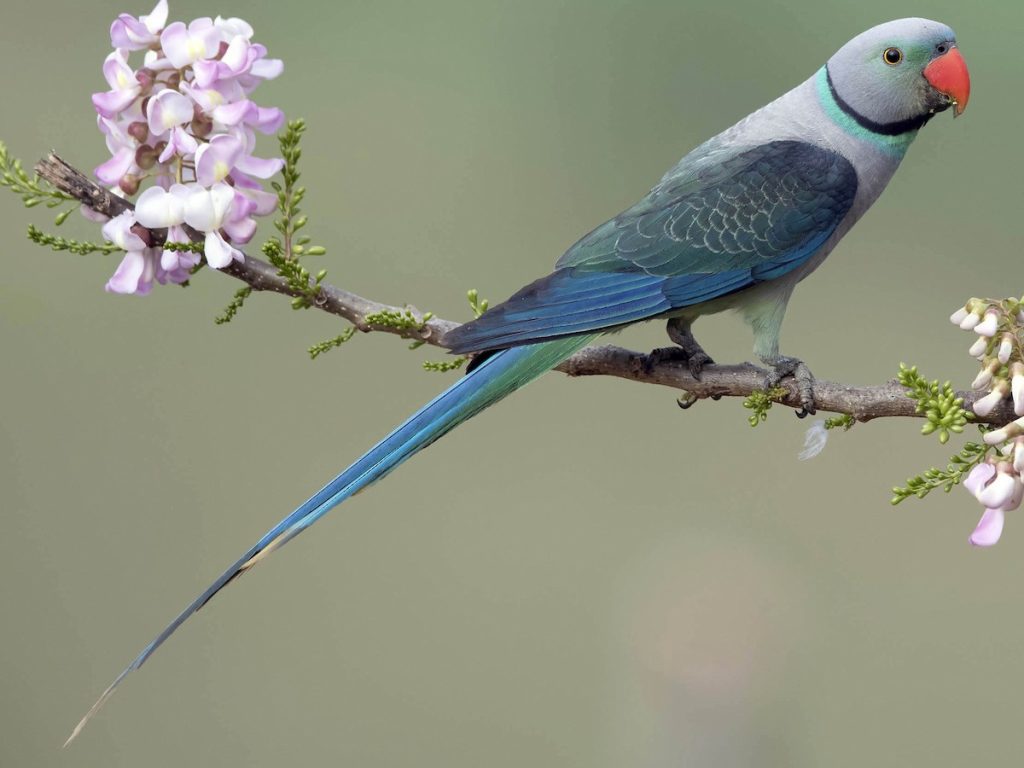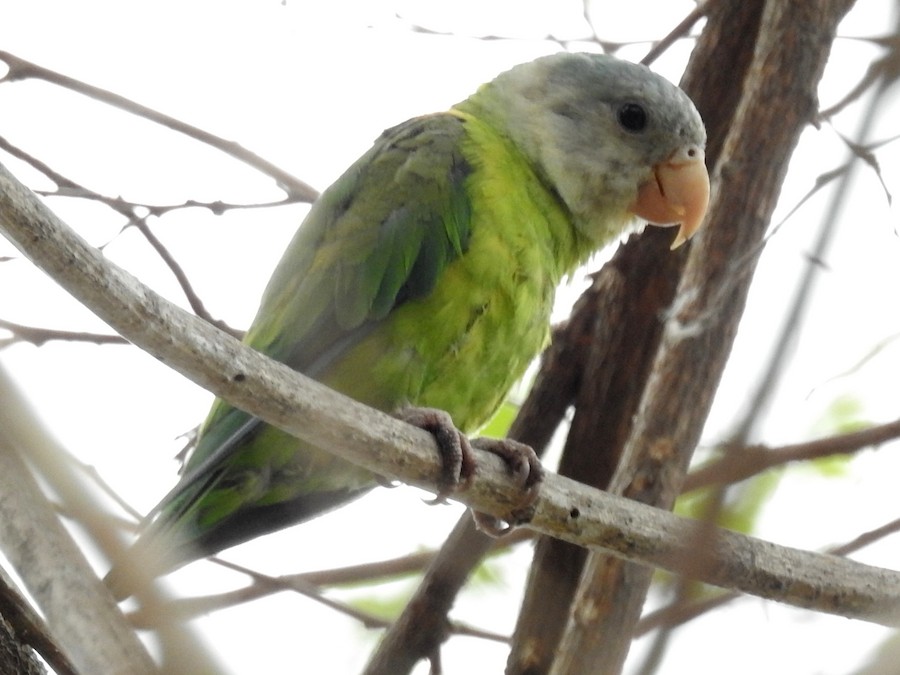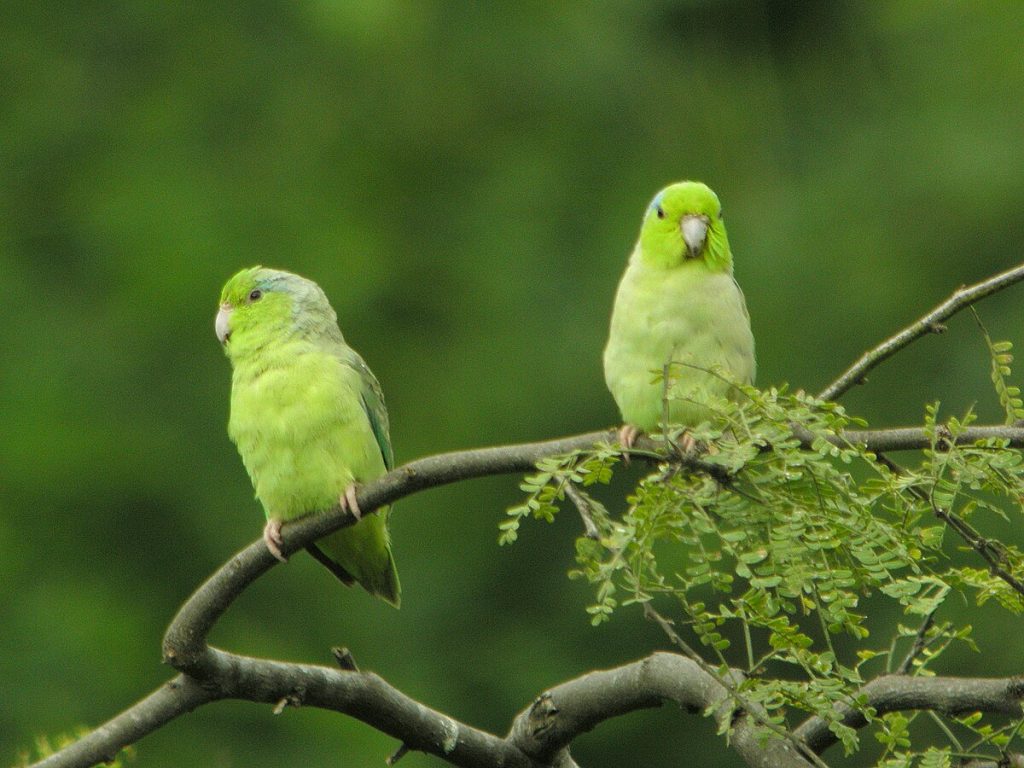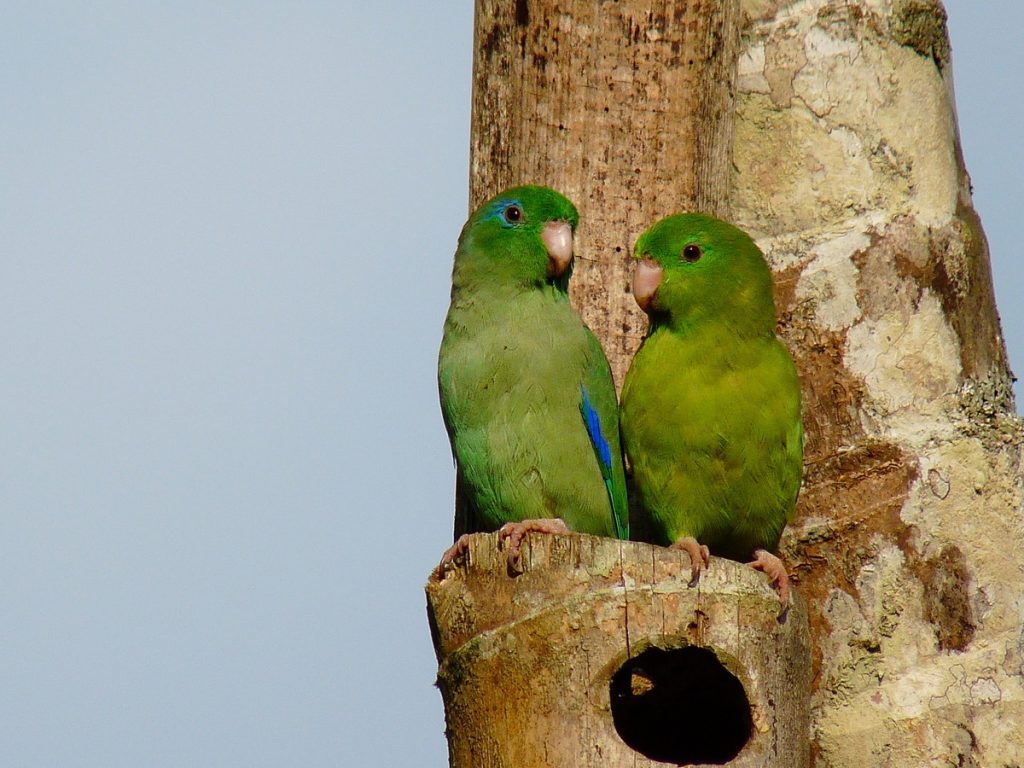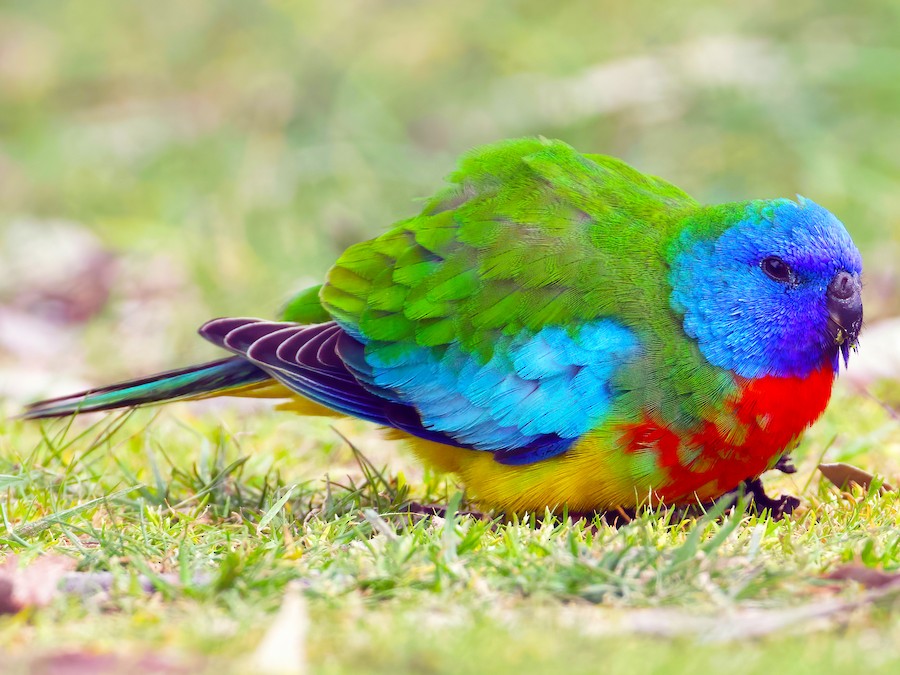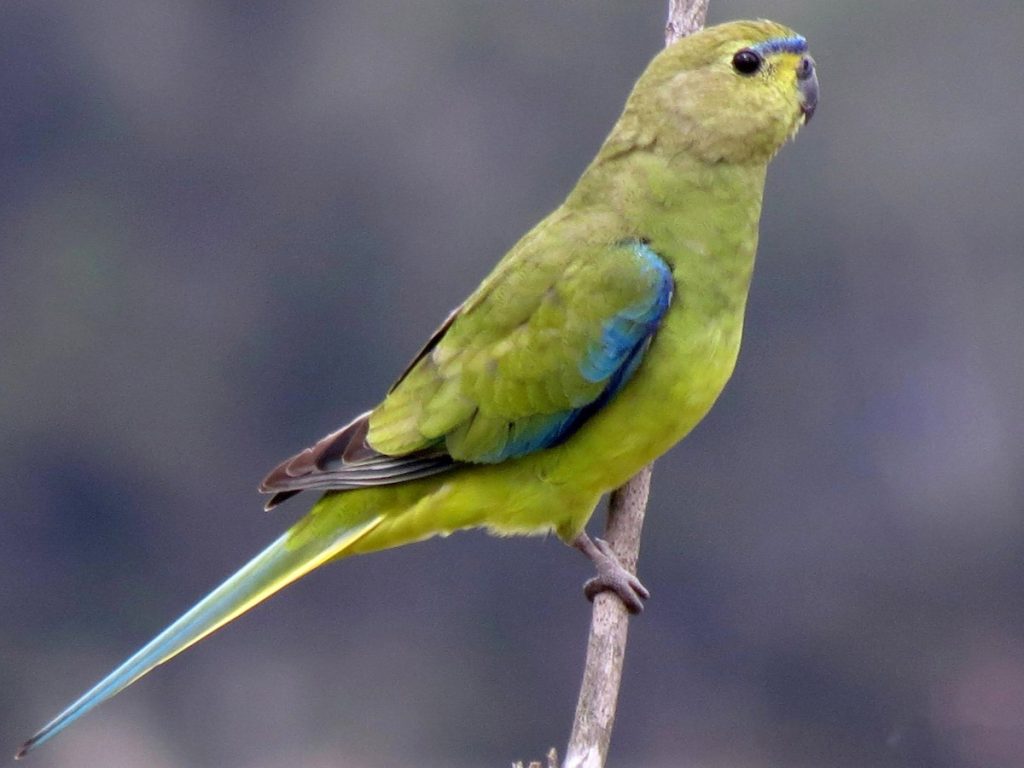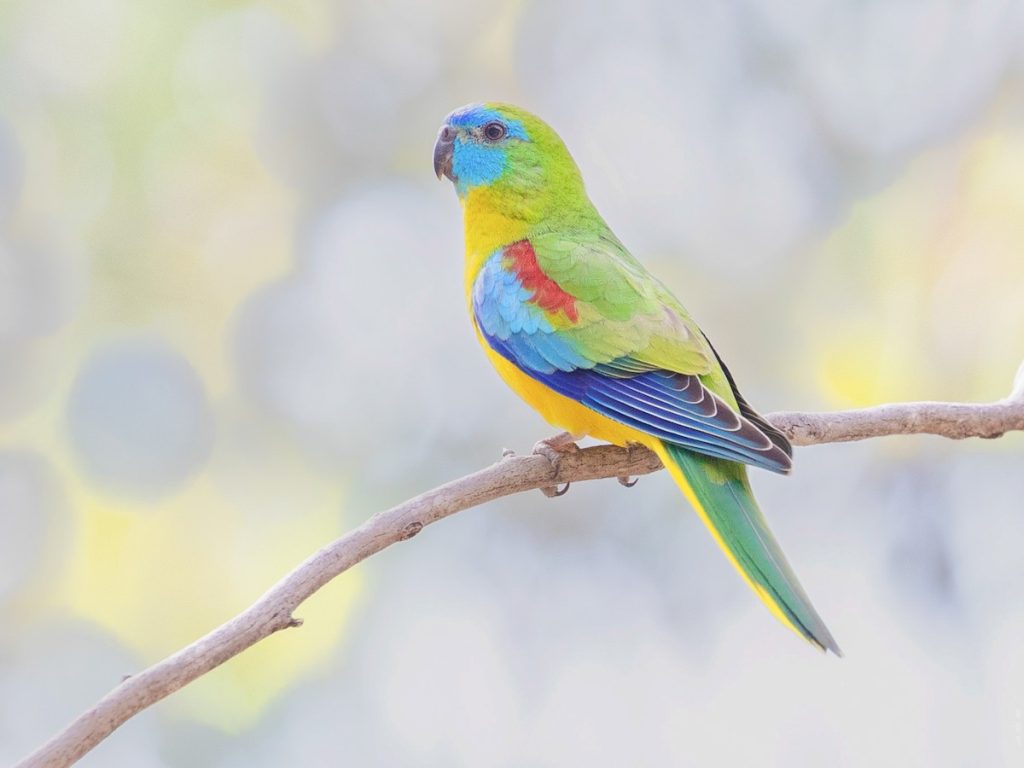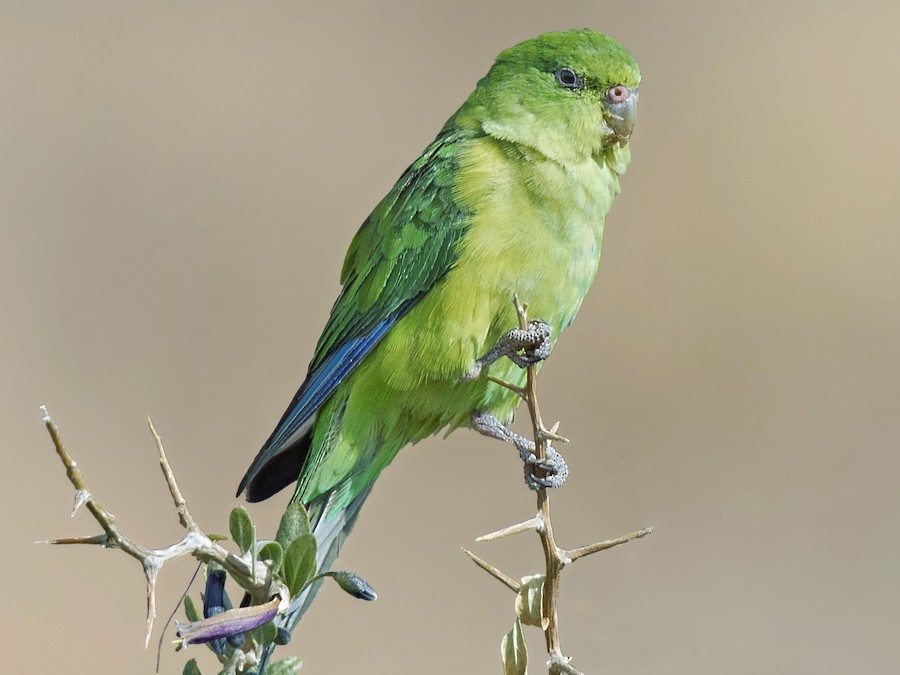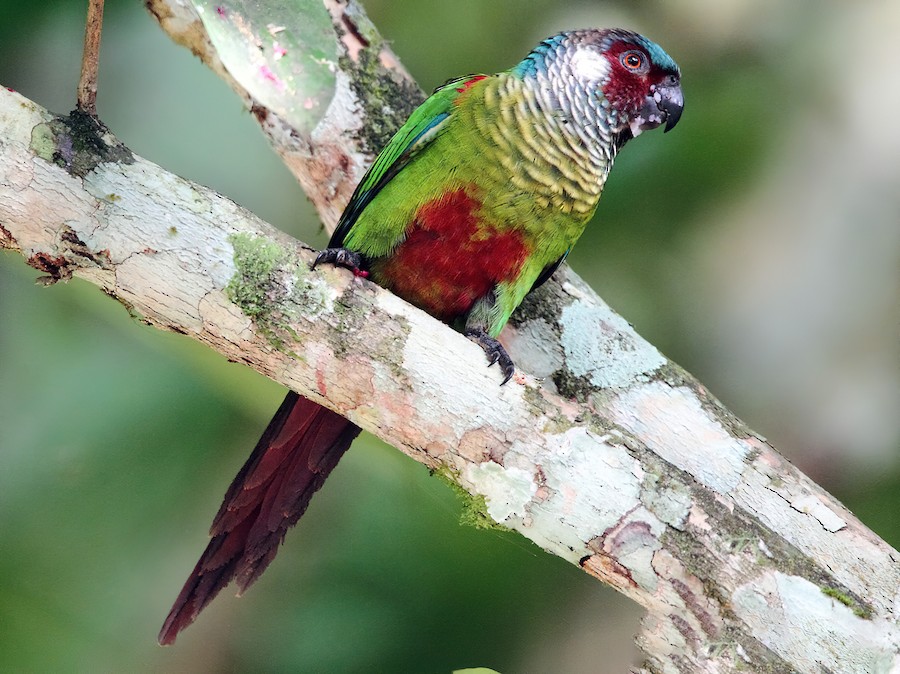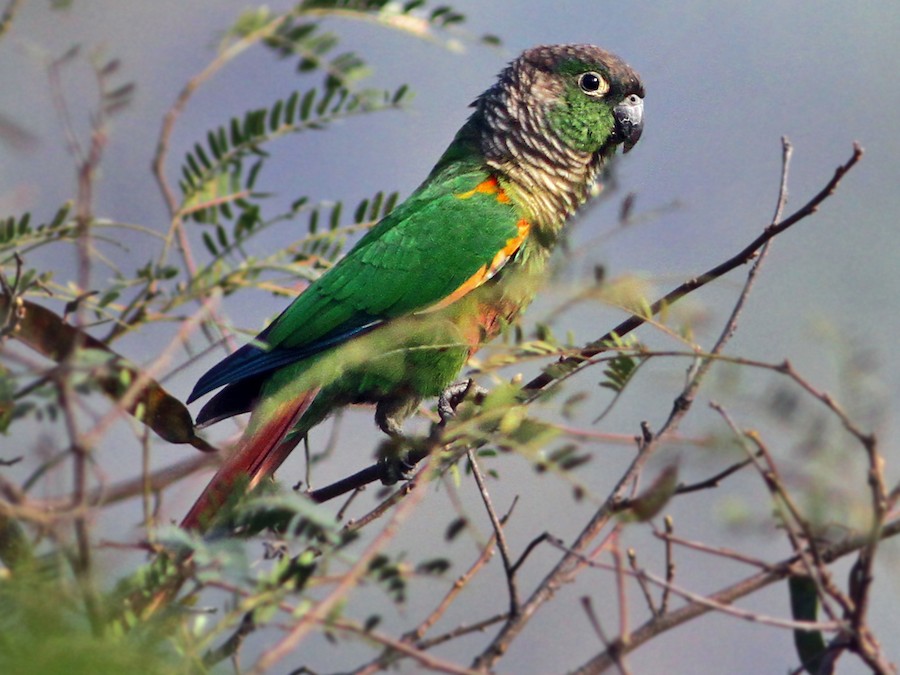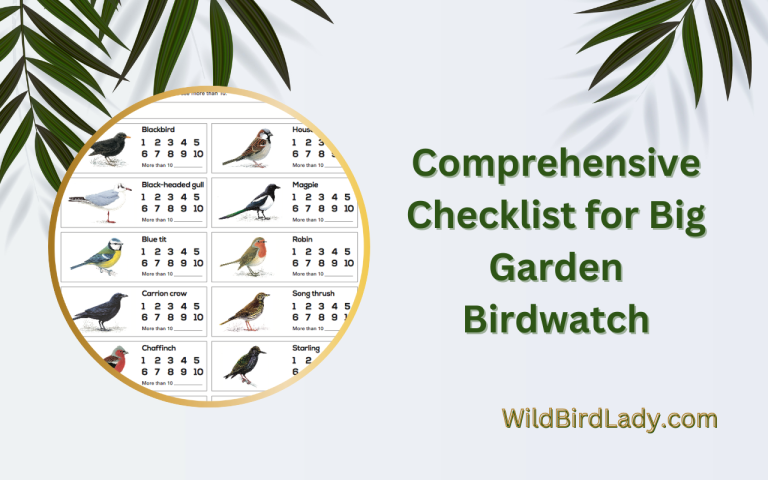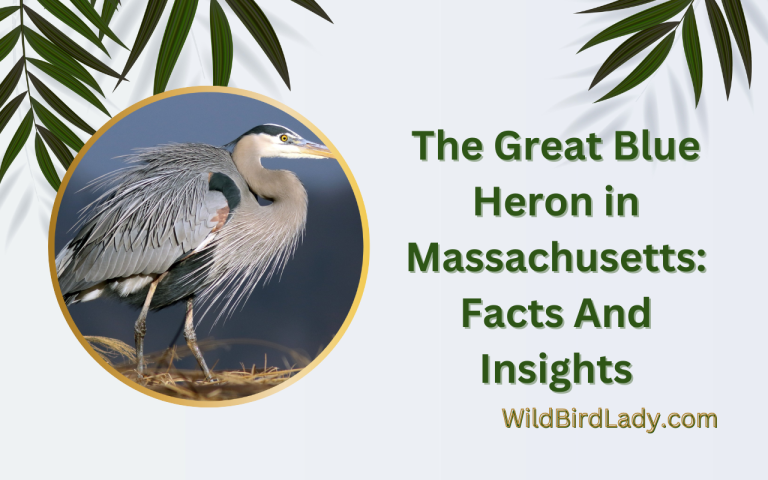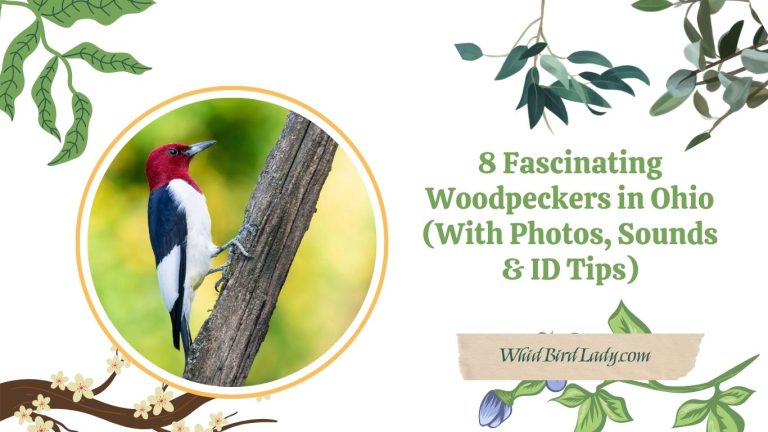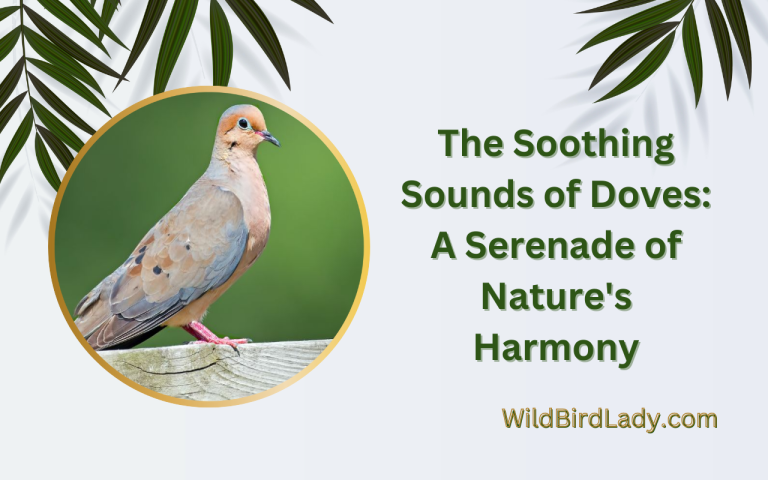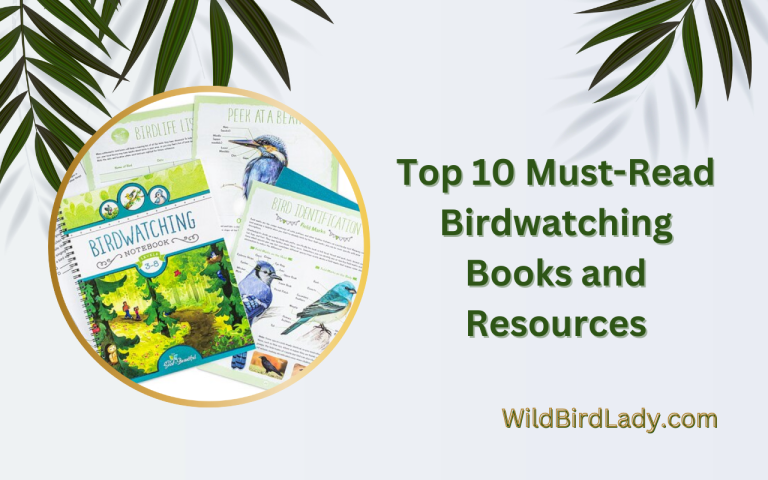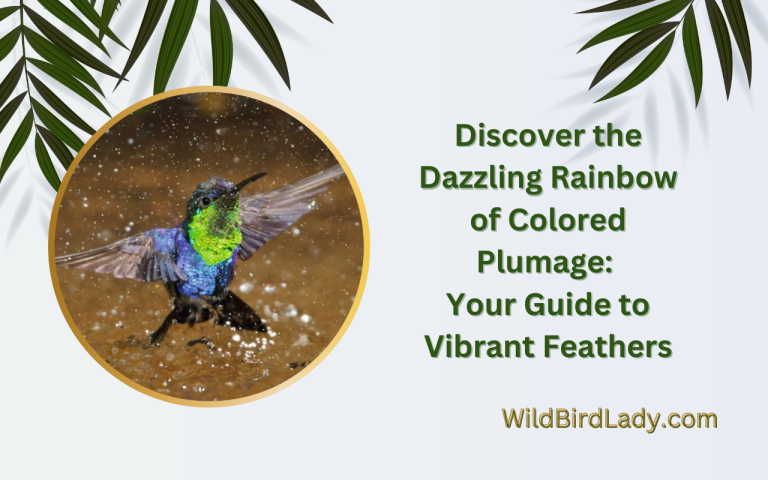Top 25 Popular Parakeet Species (with Photos & Care Tips)
Parakeets, also known as budgerigars or simply “keets,” are among the most beloved pet birds worldwide. Their dazzling colors, playful personalities, and remarkable intelligence make them ideal companions for both novice and experienced bird owners. But did you know that “parakeet” refers to a diverse group of over 100 small to medium-sized parrot species?
In this article, we’ll introduce you to the top 25 most popular parakeet species, complete with photos, unique characteristics, and essential care tips to help them thrive in captivity.
What Are Parakeets?
“Parakeet” is a broad term for small parrots with slender bodies, long tail feathers, and curved beaks. They are found across Africa, Asia, Australia, and South America, and belong to several genera within the parrot family, such as Melopsittacus, Brotogeris, Psittacula, Bolborhynchus, and Myiopsitta.
Most parakeets are highly social, intelligent, and capable of learning simple tricks and mimicking sounds. Their compact size, vibrant colors, and relatively low maintenance make them a favorite in aviculture.
1. Budgerigar (Melopsittacus undulatus)
Origin: Australia
Size: 6–8 inches
Lifespan: 5–10 years (up to 15 with care)
The classic budgie is the most popular pet parakeet in the world. Available in a rainbow of colors, these birds are sociable, talkative, and easy to tame. English Budgies (larger, show-type) and American Budgies (smaller, more active) are the two main types.
Care Tip: Provide at least 18×18 inches of cage space and rotate toys weekly to prevent boredom.
2. Indian Ringneck Parakeet (Psittacula krameri)
Origin: India, Africa
Size: 15–17 inches
Lifespan: 25–30 years
Famous for their intelligence and speaking ability, Indian Ringnecks are stunning birds with a noticeable black “ring” around their necks (males). They require more handling and patience compared to budgies.
Care Tip: Daily socialization is key. Offer fresh fruits, vegetables, and foraging toys.
3. Alexandrine Parakeet (Psittacula eupatria)
Origin: South Asia
Size: 22–25 inches
Lifespan: 30–40 years
Named after Alexander the Great, these large parakeets are intelligent, affectionate, and have powerful beaks. Their green plumage with maroon shoulder patches is distinctive.
Care Tip: Require large cages and 2+ hours of daily out-of-cage time.
4. Monk Parakeet (Myiopsitta monachus)
Origin: South America
Size: 11–12 inches
Lifespan: 15–20 years
Also called Quaker Parrots, Monk Parakeets are known for their talking ability and bold personalities. They’re also one of the few parrots that build communal stick nests.
Care Tip: Can be loud. Provide mental stimulation and regular training sessions.
5. Lineolated Parakeet (Bolborhynchus lineola)
Origin: Central & South America
Size: 6–7 inches
Lifespan: 10–15 years
Nicknamed “Linnie,” this species is quieter and calmer than most parakeets. Their soft murmurs and affectionate nature make them excellent apartment pets.
Care Tip: Prefers horizontal flying space. Offer softwood perches for foot health.
6. Bourke’s Parakeet (Neopsephotus bourkii)
Origin: Australia
Size: 7–8 inches
Lifespan: 10–15 years
With a gentle temperament and pinkish plumage, Bourke’s Parakeets are calm, non-aggressive birds that get along well in mixed aviaries.
Care Tip: Enjoy dawn and dusk activity—consider keeping them in natural light cycles.
7. Plum-headed Parakeet (Psittacula cyanocephala)
Origin: Indian subcontinent
Size: 13 inches
Lifespan: 20–25 years
Known for their striking plum (purple-red) heads, these birds are affectionate but shy and need gentle handling to tame.
Care Tip: Introduce slowly to human interaction and avoid sudden loud noises.
8. Mustached Parakeet (Psittacula alexandri)
Origin: Southeast Asia
Size: 13–16 inches
Lifespan: 20–30 years
Named for the black “mustache” on their face, these parakeets are charming and comical but require early socialization to stay tame.
Care Tip: Provide chew toys to deter destructive behavior.
9. Grass Parakeet (Neophema spp.)
Includes Turquoise Parakeet, Scarlet-chested Parakeet, and Elegant Parakeet.
Origin: Australia
Size: 7–9 inches
Lifespan: 10–15 years
These colorful ground-dwelling parakeets are known for their beauty and calm demeanor.
Care Tip: Prefer larger horizontal cages and are best kept in pairs.
10. Red-rumped Parakeet (Psephotus haematonotus)
Origin: Australia
Size: 10–11 inches
Lifespan: 12–15 years
This striking parakeet sports a vibrant red rump and green body. Males are more colorful than females.
Care Tip: Require flight space and dislike being hand-tamed if not trained early.
11. Canary-winged Parakeet (Brotogeris versicolurus)
Also known as the White-winged Parakeet.
Origin: Amazon Basin
Size: 9–10 inches
Lifespan: 10–15 years
Playful and curious, these birds are good talkers and love to explore.
Care Tip: Supervise out-of-cage time—they’re prone to chewing furniture and wires.
12. Barred Parakeet (Bolborhynchus lineola)
Origin: Central America
Size: 6–7 inches
Lifespan: 10–15 years
Also known as the “Catherine Parakeet,” the Barred Parakeet is often mistaken for the Lineolated due to their quiet nature and similar appearance. They have soft barring across their feathers, giving them a subtle striped look.
Care Tip: Provide softwood perches and maintain a calm, low-noise environment—they don’t tolerate loud or chaotic households well.
13. Blue-crowned Hanging Parrot (Loriculus galgulus)
Origin: Southeast Asia
Size: 5 inches
Lifespan: 10–12 years
These tiny parakeets have a unique behavior—they sleep hanging upside down like bats! With vivid green bodies and a bright blue crown, they’re both adorable and unusual.
Care Tip: Ensure plenty of leafy greens and fresh fruit in the diet; a vertical cage with hanging toys suits them best.
14. Slaty-headed Parakeet (Psittacula himalayana)
Origin: Himalayan foothills
Size: 16 inches
Lifespan: 20–25 years
This cold-hardy species features a grayish-blue head and green body. They are quieter than other Psittacula species and bond closely with their owners when socialized properly.
Care Tip: Offer a colder environment than tropical species prefer. Mental stimulation is essential to prevent boredom.
15. Blossom-headed Parakeet (Psittacula roseata)
Origin: Northeast India and Southeast Asia
Size: 12–14 inches
Lifespan: 15–25 years
Blossom-headed Parakeets are named for their beautiful pinkish-lilac heads and emerald-green bodies. They are playful, gentle birds often seen in small flocks in the wild.
Care Tip: Easily startled—keep handling calm and consistent. Provide visual cover inside the cage for security.
16. Malabar Parakeet (Psittacula columboides)
Origin: Western Ghats, India
Size: 15 inches
Lifespan: 20–25 years
The Malabar or Blue-winged Parakeet is a stunning species with bluish wings and tail. It’s lesser-known in aviculture but highly prized for its striking appearance.
Care Tip: Needs daily flying time and a consistent social routine to remain tame.
17. Grey-cheeked Parakeet (Brotogeris pyrrhoptera)
Origin: Ecuador and Peru
Size: 7–8 inches
Lifespan: 10–15 years
Once popular in aviculture, these endangered parakeets have olive-green bodies and grayish cheeks. They are energetic and affectionate when well-handled.
Care Tip: Avoid seed-only diets; they thrive on pellets and fresh greens. Needs frequent interaction to remain tame.
18. Pacific Parrotlet (Forpus coelestis)
Origin: South America
Size: 5–6 inches
Lifespan: 15–20 years
These “miniature amazons” are bold, intelligent, and full of personality despite their size. Though often not called “parakeets,” they belong to the parrotlet family and are commonly grouped with small parrots.
Care Tip: Require daily out-of-cage interaction. Without attention, they can become nippy or territorial.
19. Spectacled Parrotlet (Forpus conspicillatus)
Origin: Colombia and Panama
Size: 5 inches
Lifespan: 12–20 years
Named for the white feather “spectacles” around their eyes, these tiny birds are quiet, intelligent, and ideal for apartments.
Care Tip: Needs socialization and gentle handling. Avoid keeping with more aggressive species.
20. Scarlet-chested Parakeet (Neophema splendida)
Origin: Central Australia
Size: 7–8 inches
Lifespan: 10–15 years
True to their name, these birds have brilliant scarlet chests with sky-blue faces and green wings. They are peaceful, quiet, and relatively easy to keep in pairs.
Care Tip: Prefers aviary or large cages. Best kept in species-only enclosures due to their gentle nature.
21. Elegant Parakeet (Neophema elegans)
Origin: Southern Australia
Size: 8 inches
Lifespan: 10–12 years
Also called the Elegant Grass Parakeet, this species lives up to its name with a graceful appearance and soft green plumage with blue highlights.
Care Tip: Provide foraging opportunities and a variety of fresh vegetation. Prefers low-stress environments.
22. Turquoise Parakeet (Neophema pulchella)
Origin: Eastern Australia
Size: 7.5–8 inches
Lifespan: 10–15 years
This endangered parakeet is a favorite in aviculture due to its stunning turquoise, yellow, and green feathers. They are quiet and compatible with similar-sized birds.
Care Tip: Requires horizontal cage space and natural perches. Ensure access to natural light or full-spectrum lighting.
23. Mountain Parakeet (Psilopsiagon aurifrons)
Origin: Andes Mountains, South America
Size: 7 inches
Lifespan: 10–12 years
Also called the Andean Parakeet, this species is adapted to high-altitude living. It has a subtle olive plumage with yellow highlights and a calm temperament.
Care Tip: Acclimate gradually to warmer environments. Needs low-fat diets and daily flight time.
24. Painted Parakeet (Pyrrhura picta)
Origin: Northern South America
Size: 8–9 inches
Lifespan: 10–15 years
Often confused with the Green-cheeked Conure, Painted Parakeets are vivid with red, green, and blue tones and a playful disposition. They are intelligent and bond closely with owners.
Care Tip: Needs attention and stimulation; can become destructive without toys and activities.
25. Green-cheeked Parakeet (Pyrrhura molinae)
Origin: Brazil, Bolivia, Argentina
Size: 10 inches
Lifespan: 20–30 years
Although typically called a conure, the Green-cheeked Parakeet is often included in parakeet guides due to its size and behavior. They are comical, affectionate, and excellent for experienced owners.
Care Tip: Highly active—require large cages, play gyms, and daily interaction. May bite when bored.
General Parakeet Care Tips
No matter the species, all parakeets require:
- Spacious cage: Horizontal space is better for flight.
- Balanced diet: Pellets, fresh veggies, seeds, and occasional fruits.
- Social time: Daily interaction prevents behavioral problems.
- Clean environment: Change water daily, clean cages weekly.
- Toys and stimulation: Rotate chew toys and puzzles often.
- Veterinary care: Annual avian vet checkups recommended.
Which Parakeet is Right for You?
- For beginners: Budgerigars, Lineolated, Bourke’s.
- For talkers: Indian Ringnecks, Monk Parakeets, Pacific Parrotlets.
- For beauty: Grass parakeets, Red-rumped, Plum-headed.
- For quiet homes: Linnies, Bourke’s, Barred Parakeets.
Final Thoughts
Parakeets are vibrant, intelligent birds that can bring years of joy when matched with the right environment and care. From tiny budgies to majestic Alexandrines, there’s a parakeet for every bird lover. Choosing the right species involves understanding not just their looks, but their needs, energy levels, and social tendencies.
If you’re ready to welcome one of these feathered gems into your home, take time to learn, prepare, and most importantly—bond.
Read also: Your Guide to Hawks in Ohio: Identification, Calls, and Where to Find Them
FAQs
1. What is the most popular parakeet species for beginners?
The Budgerigar (commonly called Budgie) is the most popular and beginner-friendly parakeet species due to its small size, gentle nature, and ease of training.
2. Are all parakeets good talkers?
Not all parakeets talk, but species like the Indian Ringneck, Monk Parakeet, and Pacific Parrotlet are known for their vocal abilities and can learn words with training.
3. How long do parakeets live as pets?
Depending on the species and care, pet parakeets can live from 10 to 30 years. Smaller species like budgies may live 5–15 years, while larger ones like Alexandrines can exceed 30 years.
4. Can different parakeet species live together in one cage?
It depends. Peaceful species like Bourke’s, Grass Parakeets, and Lineolated Parakeets can often cohabitate in spacious aviaries, but aggressive or territorial types should be housed separately.
5. What do parakeets eat?
A healthy parakeet diet includes high-quality pellets, fresh vegetables, leafy greens, occasional fruit, and limited seeds. Each species may have slight variations in dietary needs.
6. Do parakeets need to be kept in pairs?
While many parakeets are social and enjoy companionship, not all need a mate. If you can provide daily interaction, a single bird can thrive. Otherwise, consider keeping a compatible pair.
7. Which parakeet species is the quietest?
Lineolated Parakeets and Bourke’s Parakeets are among the quietest parakeet species, making them ideal for apartments or quiet households.
8. Are parakeets good pets for children?
Smaller species like budgies and parrotlets can be good pets for older, responsible children under adult supervision. Proper training and gentle handling are key to a successful bond.

